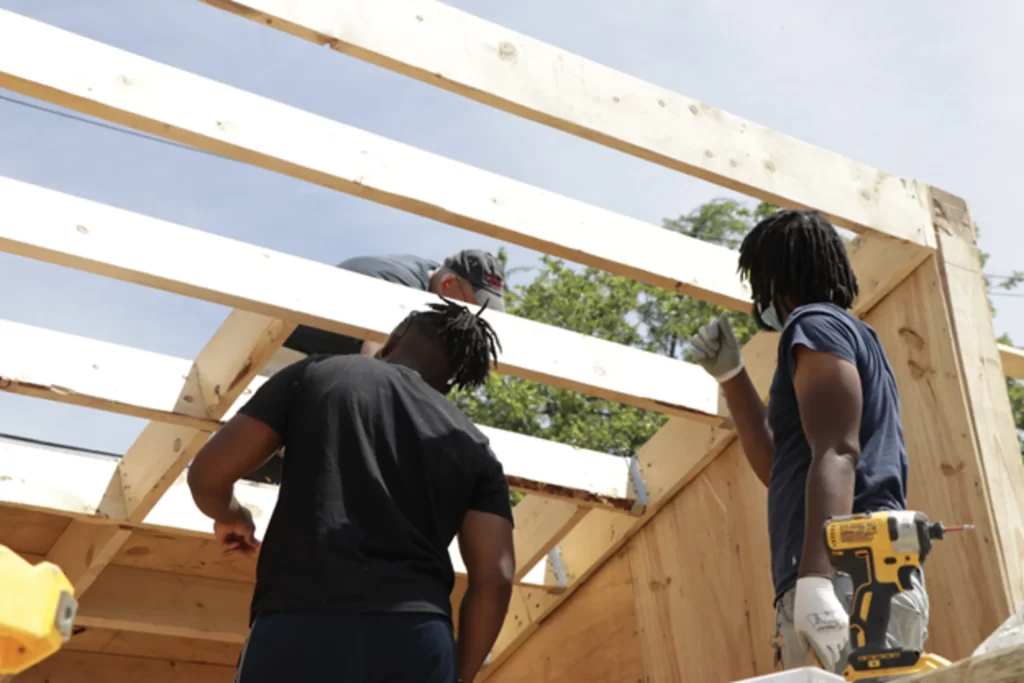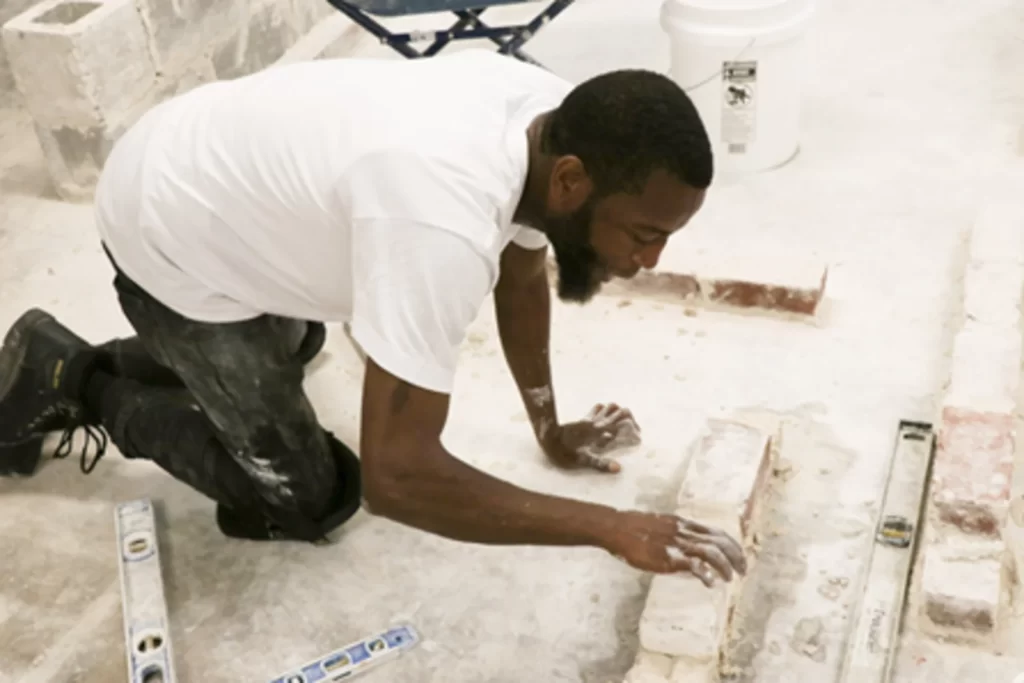Drywall installation is vital for construction projects. But it is a skill that takes time and practice as new drywall professionals often make mistakes that can be costly and time-consuming.
The first error brand-new drywall professionals make is improper room preparation. It is essential to operate on a surface that is both clean and dry. This entails removing any plasterboard, wallpaper or paint that is currently present on the walls and ceiling. The adherence of the plasterboard mud may be compromised by any dirt or dust left on the surface, resulting in a subpar finish.
Take some time to properly set up the area before starting to prevent this error. Protect any floors and furnishings from dust and dirt by covering them with plastic sheeting. After drywall work, Hoover up any debris from the walls and ceiling. Additionally, check the ventilation in the space to ensure that any moisture can escape.
The second error rookie plasterboard contractors make is improper measurement. Drywall sheets come in a variety of sizes, so it’s important to precisely measure and cut them to fit the wall or ceiling. A bad measurement might lead to difficult-to-close gaps and uneven joints.
Before cutting the plasterboard sheets, properly measure the walls and ceiling to prevent making this error. Make measurements on the sheets with a tape measure, a straightedge, and a pencil. Before making any cuts, double-check the measurements to ensure they are accurate.
The use of incorrect tools is the third error that drywall installers commit. The improper equipment might lead to subpar work and damage to the plasterboard sheets. For instance, using a utility knife rather than a plasterboard saw might lead to uneven and jagged edges.
Invest in the appropriate instruments for the work to prevent making this error. A plasterboard saw, utility knife, tape knife, screw gun, and sandpaper are a few necessary pieces of drywall installation equipment.
Applying insufficient mud to the drywall work is the fourth error. Applying too little mud can lead to a weak and prone-to-fracture joint. Additionally, it could make it challenging to get a smooth finish.
Apply enough mud to cover the joint to prevent this error thoroughly. Spread the mud evenly over the joint using a taping knife, being sure to fill up any gaps or holes. Apply enough mud to make a smooth surface free of lumps and bumps.

Over-sanding the junction is the sixth error that novice plasterboard contractors commit. Sanding is a crucial step in drywall installation, but doing so excessively can harm the joint and result in a rough surface.
Use fine-grit sandpaper to softly sand the drywall sheet joint to prevent this error. To get a smooth finish, start with a coarse grit and work up to a fine one. Next, sand evenly while protecting the surrounding area by using a sanding block.
The sixth error that rookie drywall professionals commit is not utilising enough screws. A weak joint prone to splitting and drooping might result from not employing enough screws. Additionally, it could make it challenging to get a smooth finish.
Use enough screws to hold the plasterboard sheet firmly in place to avoid this error. Drive the screws into the studs or ceiling joists regularly using a screw gun. Make that the screws are flush with the drywall sheet surface.
New plasterboard specialists frequently make mistakes during joint taping, which is essential for the drywall finishing procedure. An uneven surface, fissures, and lumps can result from improper joint tape and be challenging to correct.
Apply the joint compound thinly and uniformly to prevent making this error. Smooth down the joint compound using a putty knife, ensuring no ridges or lumps. Before sanding and applying a second layer, let the joint compound dry.
A standard error made by new drywall installers is poor joint finishing. Making mistakes with joint finishing is easy, as it requires time and meticulousness.
Apply the joint compound evenly and thinly to prevent making this dry wall finishing error. Make sure the joint compound has no ridges or lumps by smoothing it down with a putty knife. Before sanding and applying a second layer of joint compound, let the first coat dry completely.
Over-screwing is another error that novice drywall installers frequently commit. Overtightening can harm the plasterboard and make finishing more challenging. Use the appropriate number of screws and set them in the proper location when fastening the plasterboard to the studs in drywll finishing erorr
To avoid overscrewing, use the recommended number of screws per square foot of plasterboard. Four screws are typically required for every 16 inches of the stud. Make sure the screws are positioned in the middle of the studs, away from the drywall’s border.

Another typical error made by rookie drywall professionals is inadequate protection. It’s critical to shield floors, furniture, and other surfaces from dust and particles when installing.
To prevent making this error, cover the furniture and flooring with drop cloths. Doorways and other openings should be covered with plastic sheeting. To protect oneself from dust and other particles, it is advisable to wear protective gear, such as gloves and coveralls.
In conclusion, a drywall training program is essential for plasterboard specialists and installers to succeed in the field. Training-related skills and knowledge lead to improved job quality, increased productivity, and ultimately, higher customer satisfaction. The latest methods and technologies are kept current through ongoing training, which keeps experts competitive in the market. PTTI can teach you more about drywall work if you enrol for dry wall training program.
Read More